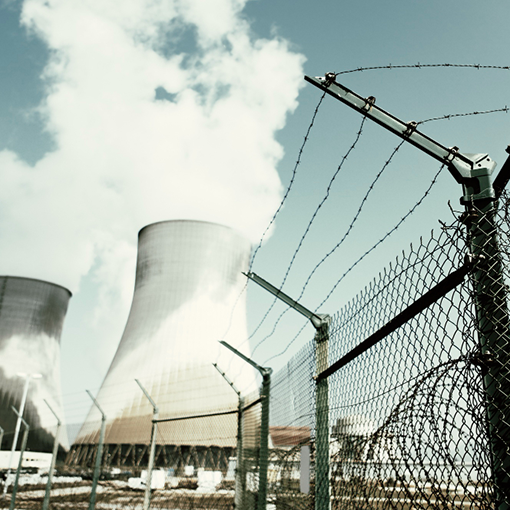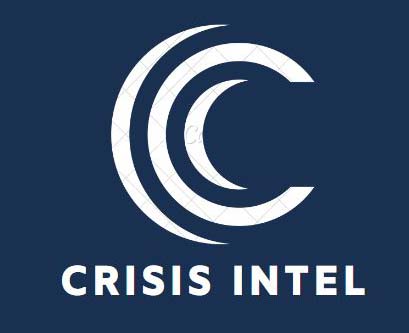Types of Disasters
Disasters can occur in various forms, each presenting unique challenges and requiring specific response strategies. Understanding the different types of disasters is crucial for effective emergency management. Here are the three major categories:
Natural Disasters:
Natural disasters are caused by natural forces and phenomena, often resulting from geological, meteorological, or hydrological events. They include:
- Hurricanes and Tropical Storms: Powerful cyclonic storms that form over warm ocean waters,
characterized by strong winds, heavy rainfall, and storm surges. - Earthquakes: Sudden shaking or trembling of the ground caused by tectonic plate movements.
- Floods: Overflow of water onto normally dry land, often due to heavy rainfall, snowmelt, or dam
failure. - Wildfires: Uncontrolled fires that rapidly spread across vegetation, often fueled by dry conditions,
high temperatures, and strong winds. - Tsunamis: Large ocean waves triggered by underwater earthquakes, volcanic eruptions, or
landslides. - Tornadoes: Violently rotating columns of air that extend from a thunderstorm to the ground, capable of causing severe damage.


Technological Disasters:
Technological disasters are primarily caused by human-made factors, including errors, accidents, or failures associated with technology or industrial processes. They include:
- Chemical Spills: Accidental or intentional release of hazardous chemicals into the environment,
posing risks to human health and ecosystems. - Nuclear Accidents: Uncontrolled release of radioactive materials from nuclear power plants,
research facilities, or storage sites. - Industrial Accidents: Disasters resulting from failures in industrial processes, such as explosions,
collapses, or toxic gas leaks. - Transportation Accidents: Catastrophic incidents involving airplanes, trains, ships, or other forms of transportation, leading to significant loss of life or environmental damage.
Human-Made Disasters:
Human-made disasters result from intentional human actions or violence and can have severe consequences on lives, infrastructure, and societal well-being. They include:
- Terrorism: Acts of violence, including bombings, shootings, and acts of sabotage, aimed at instilling
fear, causing harm, or disrupting society. - Civil Unrest and Riots: Widespread public disturbances characterized by violence, protests, looting,
and clashes between different groups. - Industrial Sabotage: Deliberate actions to damage or disrupt industrial facilities, supply chains, or
critical infrastructure. - Cyber Attacks: Coordinated efforts to compromise computer systems, networks, or information
systems, leading to disruption, theft, or data breaches.

